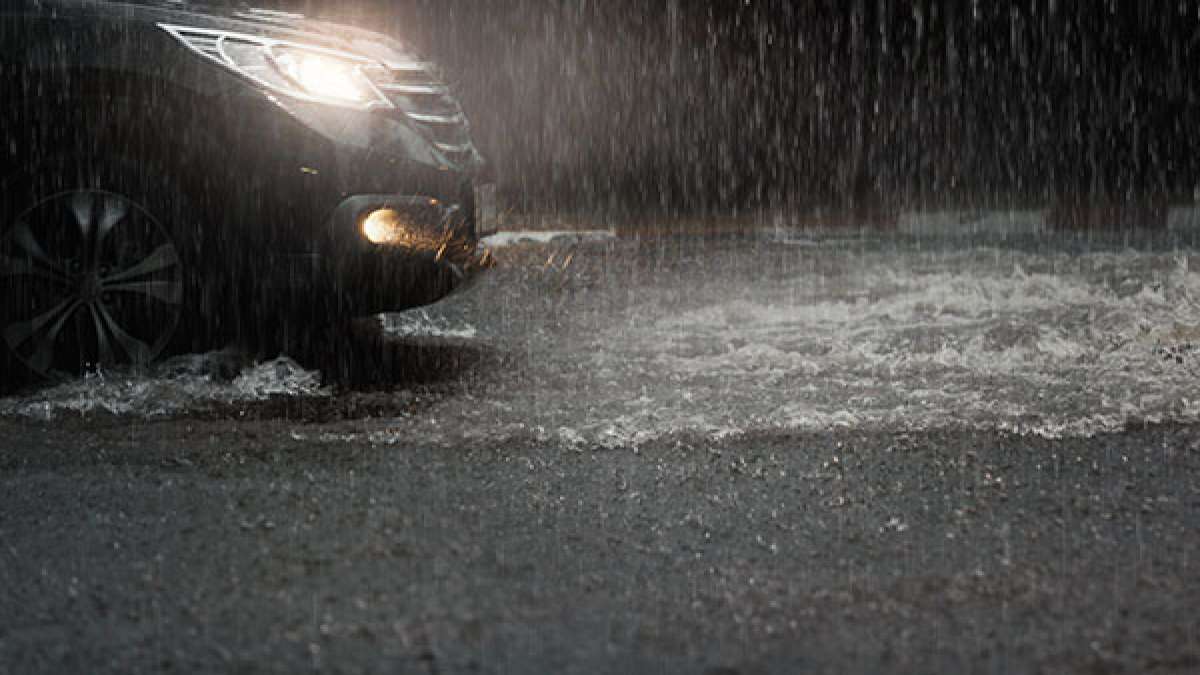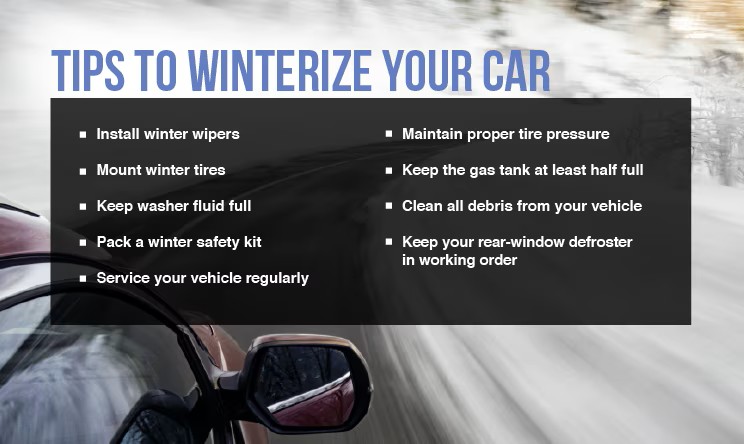Weather can significantly impact your car’s performance and maintenance needs. Different weather conditions, such as extreme heat, cold, rain, and snow, each pose unique challenges for your vehicle.
For instance, high temperatures can cause engine overheating and tire blowouts, while cold temperatures can lead to battery failure and thickened fluids. Rain and snow can affect tire traction, visibility, and brake efficiency.
By understanding how various weather conditions affect your car, you can take appropriate measures to protect it and ensure it runs smoothly. This guide will provide detailed insights into how different weather conditions impact your car’s performance and offer practical tips for maintaining your vehicle in various climates.
From preparing for the summer heat to winterizing your car, these tips will help you keep your vehicle in optimal condition regardless of the weather.
Impact of Hot Weather
Hot weather can have several adverse effects on your car’s performance. High temperatures can cause the engine to overheat, especially if the cooling system is not functioning properly. This can lead to engine damage and reduced efficiency.

Additionally, hot weather can increase the pressure in your tires, making them more prone to blowouts. The interior of your car can also suffer, as prolonged exposure to heat can cause the dashboard and upholstery to fade and crack.
To mitigate these effects, regularly check and maintain your cooling system, keep an eye on tire pressure, and use sunshades to protect the interior. Parking in shaded areas can also help keep your car cool and prevent heat-related damage.
Impact of Cold Weather
Cold weather presents its own set of challenges for your vehicle. Low temperatures can cause your car battery to lose its charge more quickly, leading to starting problems. Fluids such as engine oil, transmission fluid, and coolant can thicken in cold weather, reducing their effectiveness and making it harder for the engine to operate smoothly.

Additionally, cold weather can cause tire pressure to drop, affecting traction and handling. To prepare for cold weather, ensure your battery is in good condition, use the appropriate type of oil for winter, and check your tire pressure regularly.
It’s also a good idea to have an emergency kit in your car that includes items like a blanket, ice scraper, and jumper cables.
Impact of Rain
Rain can significantly impact your car’s performance, particularly in terms of visibility and traction. Wet roads reduce tire grip, increasing the risk of hydroplaning and making it harder to control your vehicle.
Rain can also impair visibility, both for you and other drivers on the road. To stay safe in rainy conditions, ensure your windshield wipers are in good condition and replace them if they leave streaks or miss spots.

Check your tires for adequate tread depth to maintain good traction. Additionally, drive at reduced speeds and maintain a safe distance from other vehicles to allow for longer braking distances on wet roads.
Impact of Snow and Ice
Snow and ice are among the most challenging weather conditions for driving. They can severely affect traction, making it difficult to control your vehicle and increasing the risk of skidding and accidents.
Cold weather conditions also exacerbate the issues with battery and fluid performance mentioned earlier. To prepare for snowy and icy conditions, consider using winter tires, which are designed to provide better grip in cold weather.
Keep your windshield washer fluid full and use a formula that won’t freeze. Clear snow and ice from your car before driving to ensure good visibility and prevent it from flying off and hitting other vehicles. Additionally, practice safe driving habits, such as reducing speed and avoiding sudden maneuvers.
Maintenance Tips for Extreme Weather
Regular maintenance is crucial to ensure your car performs well in extreme weather conditions. For hot weather, check and replace coolant as needed, inspect the cooling system, and monitor tire pressure.
For cold weather, ensure your battery is fully charged, use winter-grade oil, and keep an eye on tire pressure. In rainy conditions, replace worn wiper blades and maintain adequate tire tread depth.
For snowy and icy conditions, use winter tires, keep washer fluid topped up, and clear snow and ice from your car. Regularly checking and maintaining essential components like the battery, tires, fluids, and wipers will help your car handle extreme weather more effectively.
Year Round Weather Protection
While specific weather conditions require tailored maintenance strategies, there are also general practices you can follow to protect your car year round. Regularly wash and wax your car to protect the paint from environmental damage, including UV rays and road salt. Keep an eye on fluid levels and top them up as needed.

Perform regular inspections of your tires, brakes, and battery to ensure they are in good condition. Additionally, consider using a car cover to protect your vehicle from the elements when parked outside. By staying proactive and addressing potential issues before they become major problems, you can ensure your car remains in optimal condition regardless of the weather.
By understanding how weather affects your car’s performance and following these care tips, you can keep your vehicle running smoothly and safely in any climate. Regular maintenance and proactive measures will help you avoid common weather-related issues and enjoy a reliable driving experience year-round.

